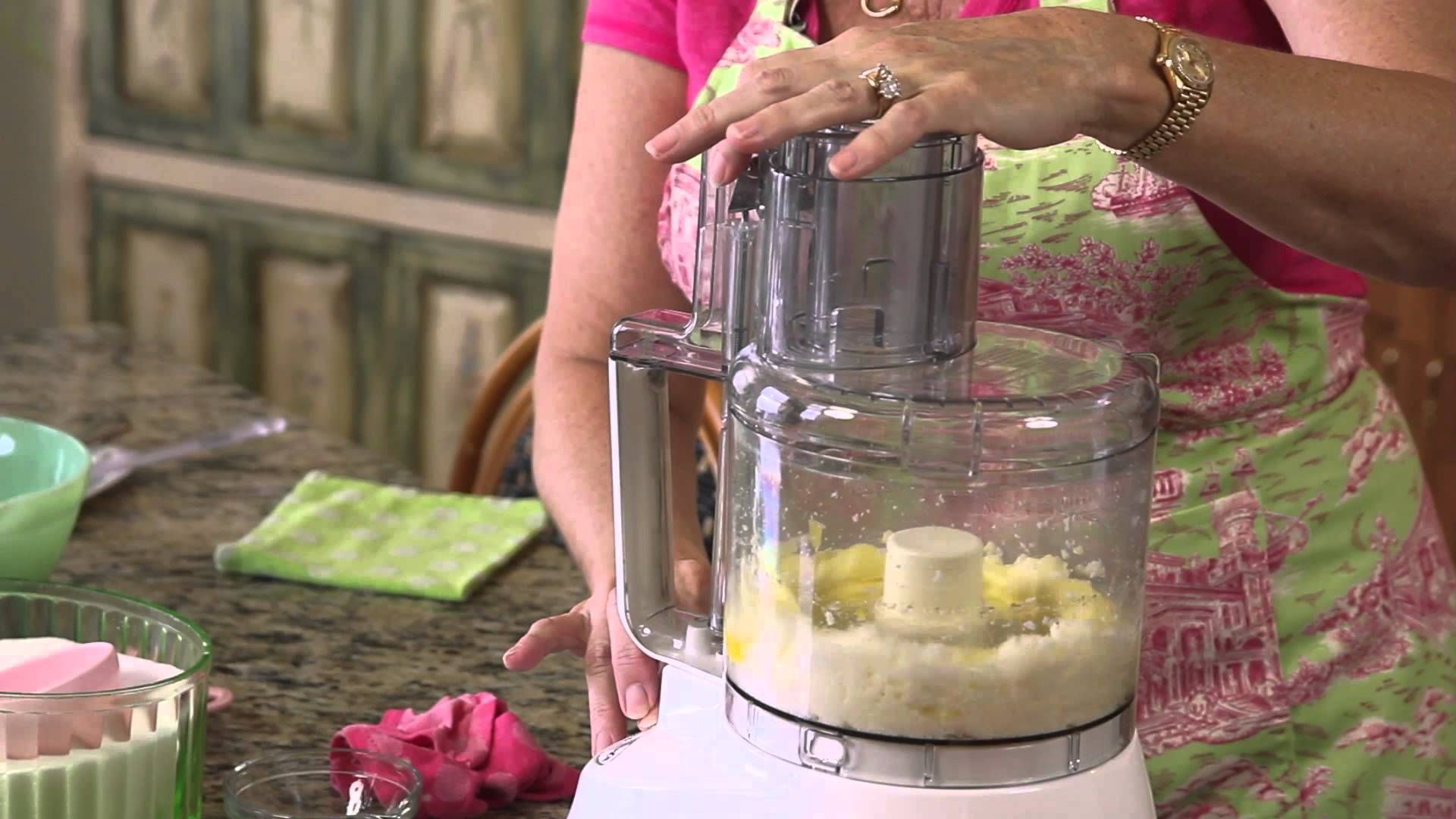

Articles
How Long To Knead Dough In Food Processor
Modified: January 6, 2024
Discover the perfect kneading time for dough in your food processor with our informative articles. Achieve professional results in no time.
(Many of the links in this article redirect to a specific reviewed product. Your purchase of these products through affiliate links helps to generate commission for Storables.com, at no extra cost. Learn more)
How Long To Knead Dough In Food Processor
When it comes to making homemade bread or pastries, the process of kneading the dough is essential to achieve the desired texture and rise. Traditionally, kneading was done by hand, but with the advent of modern kitchen appliances, such as food processors, kneading has become much easier and more efficient. However, knowing how long to knead dough in a food processor is crucial to avoid over or under-kneading. In this article, we will explore the optimal kneading times for different types of dough and provide some helpful tips to ensure your dough comes out perfectly every time.
Key Takeaways:
- Kneading dough in a food processor saves time, ensures consistency, and allows for adjustments to achieve the desired texture. With proper monitoring and adjustments, you can master the art of kneading and elevate your baking game.
- Avoid common mistakes when kneading dough in a food processor, such as overloading the machine, using the wrong blade, or skipping resting time. Follow recipe guidelines, make gradual adjustments, and enjoy the convenience and efficiency of kneading dough with your food processor.
Introduction
Kneading dough is a critical step in the bread-making process. It helps to develop the gluten strands, which give bread its chewy texture and helps it rise properly. Traditionally, kneading was a labor-intensive task that required strong hands and a lot of time. However, with the advent of food processors, kneading dough has become much simpler and less time-consuming. Using a food processor not only saves time but also ensures a consistent and even kneading of the dough. However, it’s important to know the right amount of time to knead dough in a food processor to achieve the perfect texture and rise.
In this article, we will delve into the optimal kneading times for different types of dough when using a food processor. We will also discuss the factors that can affect the kneading time and provide some essential tips to ensure the best results in your baking endeavors. So, let’s dive in and discover how long to knead dough in a food processor to achieve bakery-worthy results!
Benefits of Using a Food Processor for Kneading Dough
Kneading dough by hand can be a time-consuming and physically demanding task. This is where a food processor comes in handy and offers several benefits:
- Time-saving: Using a food processor to knead dough significantly reduces the kneading time compared to kneading it by hand. It helps to achieve the desired texture in a fraction of the time, allowing you to enjoy freshly baked goodies without spending hours in the kitchen.
- Consistency: Food processors provide consistent kneading, ensuring that the dough is uniformly mixed and the gluten is properly developed. This is especially important for yeasted bread dough, as even distribution of yeast and gluten development is crucial for a balanced rise and texture.
- Efficiency: With a food processor, you can knead larger quantities of dough without compromising the quality. This makes it perfect for baking enthusiasts or anyone who wants to whip up large batches of bread or pastry dough in a short period of time.
- Ease of use: Food processors are designed to simplify food preparation tasks, and kneading dough is no exception. With just a few simple steps, you can have well-kneaded dough ready for the next stage of the baking process.
Overall, using a food processor for kneading dough not only saves time and effort but also ensures consistent results for a wide variety of breads and pastries.
Factors to Consider
While a food processor can streamline the dough kneading process, there are a few factors to consider when determining the optimal kneading time:
- Type of Dough: Different types of dough have varying gluten content and hydration levels, which can affect the kneading time. For example, a high-gluten bread dough may require longer kneading compared to a soft dough used for pastries.
- Recipe Guidelines: It’s always a good idea to refer to the recipe’s instructions for the recommended kneading time. The recipe creator may have tested the dough extensively and provided specific guidelines for achieving the best results.
- Food Processor Power: The power of your food processor can also play a role in determining the kneading time. A more powerful food processor may require less time to achieve the desired texture, while a less powerful one may require a longer kneading time.
- Desired Dough Texture: The desired texture of the dough can vary depending on the recipe and personal preference. Some recipes call for a softer, more tender dough, while others require a higher gluten development for a chewier texture. This can affect the kneading time and may require some adjustment based on personal preference.
- Your Food Processor’s Instructions: It’s crucial to consult your food processor’s manual for specific recommendations regarding kneading dough. Different models may have different guidelines for the optimal kneading time.
By considering these factors and making adjustments based on the dough type and desired texture, you can achieve optimal results when kneading dough in a food processor.
Recommended Kneading Times for Different Types of Dough
While the exact kneading time can vary depending on the factors mentioned earlier, here are some general guidelines for kneading different types of dough in a food processor:
- Bread Dough: For most bread dough recipes, a kneading time of about 2-4 minutes is typically sufficient. This allows for proper gluten development and elasticity. However, some high-gluten bread dough may require slightly longer kneading, around 5-6 minutes, to achieve the desired texture.
- Pizza Dough: Pizza dough typically requires a moderate amount of gluten development. A kneading time of 3-4 minutes should be enough to achieve a smooth and elastic dough that is easy to work with and results in a crispy crust.
- Pasta Dough: Pasta dough is generally softer and requires less kneading compared to bread dough. A kneading time of 1-2 minutes should be sufficient to bring the dough together and achieve a smooth texture.
- Pastry Dough: Pastry dough, such as for croissants or pie crusts, requires minimal gluten development to maintain a tender and flaky texture. A short kneading time of 30 seconds to 1 minute is usually enough to incorporate the ingredients without overworking the dough.
It’s important to note that these recommended kneading times are just a starting point. You may need to adjust the kneading time based on the specific recipe, the power of your food processor, and the desired texture of the dough. Always refer to the recipe instructions and make adjustments as needed to achieve the perfect dough consistency.
Knead dough in a food processor for 1-2 minutes, or until it forms a smooth, elastic ball. Over-kneading can lead to tough, dense bread.
Read more: How Long To Knead Dough In A Stand Mixer
Adjusting Kneading Time for Desired Dough Texture
Attaining the desired texture of the dough is crucial for baking success. The kneading time can be adjusted to achieve different outcomes based on the desired texture:
- Soft and Tender: If you prefer a softer and more tender dough, you can decrease the kneading time slightly. This helps prevent excessive gluten development, resulting in a lighter texture.
- Chewy and Elastic: For a chewier and more elastic texture, you can increase the kneading time. This allows for more gluten development, resulting in a denser and chewier final product.
- Combining Ingredients: In some cases, the primary purpose of kneading may be to thoroughly combine the ingredients rather than developing gluten. In such cases, a shorter kneading time may be appropriate to avoid overworking the dough.
- Testing the Dough: To determine if the dough has been kneaded enough, you can perform a simple test. Take a small piece of the dough and stretch it gently. If the dough stretches without tearing and forms a thin translucent membrane, it is a good indication that the gluten has developed sufficiently and the dough is ready.
Remember that these adjustments are not set in stone and may vary depending on the specific recipe, dough type, and personal preference. It’s always a good idea to experiment and adjust the kneading time gradually to achieve the perfect texture for your desired baked goods.
By being mindful of the desired dough texture and making adjustments to the kneading time accordingly, you can customize your baking results and achieve the ideal texture and consistency for your homemade bread and pastries.
Tips for Kneading Dough in a Food Processor
Kneading dough in a food processor can be a convenient and efficient way to achieve perfectly kneaded dough. Here are some tips to ensure successful results:
- Use the Right Blade: Make sure to use the dough blade or the appropriate attachment designed for kneading dough in your food processor. This blade is specifically designed to mimic hand kneading and helps achieve the desired texture.
- Gradually Add Ingredients: When adding ingredients to the food processor, especially liquids, do so gradually. This ensures that the dough comes together properly and the liquid is evenly distributed without overwhelming the food processor’s capacity.
- Monitor the Dough: Keep a close eye on the dough as it kneads. You want it to come together into a smooth ball without any dry or wet patches. If needed, you can stop the food processor and scrape down the sides to ensure all the ingredients are well incorporated.
- Avoid Overheating: Due to the powerful motor in some food processors, continuous kneading for an extended period can lead to overheating. To prevent this, give the food processor breaks during the kneading process to allow it to cool down if necessary.
- Adjust Flour and Liquid: Pay attention to the consistency of the dough. If the dough appears too dry and crumbly, add a small amount of additional liquid. Conversely, if the dough seems too sticky, sprinkle in a little more flour. This may require some trial and error to achieve the ideal dough consistency.
- Don’t Over-knead: Avoid kneading the dough for longer than necessary, as this can lead to overworking the gluten and result in a dense and tough texture. Once the dough has reached the desired consistency and passes the stretch test, stop the food processor and proceed to the next step in the recipe.
These tips can help you achieve consistent and successful results when kneading dough in a food processor. Remember, practice makes perfect, and each dough type may require some adjustments to achieve the best outcome. Enjoy the convenience of kneading dough with your food processor and unleash your creativity in the kitchen!
Common Mistakes to Avoid when Kneading Dough in a Food Processor
Kneading dough in a food processor can be a game-changer in your baking routine. However, there are a few common mistakes that you should avoid to ensure optimal results:
- Overloading the Food Processor: It’s important not to overload the food processor with too much dough. This can strain the motor and result in uneven kneading. It’s better to work in smaller batches and knead the dough in multiple rounds if necessary.
- Using the Wrong Blade: Make sure to use the appropriate dough blade or attachment specifically designed for kneading dough in your food processor. Using the wrong blade can result in improper mixing and uneven texture.
- Adding Too Much Flour or Liquid: Adding too much flour or liquid can drastically affect the texture and consistency of the dough. It’s crucial to follow the recipe guidelines and make adjustments gradually as needed, rather than adding large quantities all at once.
- Not Monitoring the Kneading Process: Keep a close eye on the dough as it kneads in the food processor. Stop the machine periodically to check the consistency of the dough and ensure that it is coming together properly. This allows you to make any necessary adjustments and ensure even kneading.
- Over-kneading: Over-kneading the dough can lead to gluten development that is too strong, resulting in a dense and tough final product. It’s essential to stop kneading once the dough reaches the desired texture and elasticity, as indicated by the stretch test.
- Not Adjusting Kneading Time for Different Dough Types: Different dough types require varying kneading times. It’s important to adjust the kneading time accordingly to achieve the best results. Not doing so may lead to under-kneaded or over-kneaded dough.
- Skipping Resting Time: Resting the dough after kneading allows the gluten to relax, making it easier to shape and work with. Skipping this resting time can result in a less tender and more difficult-to-handle dough.
By avoiding these common mistakes and following proper techniques when kneading dough in a food processor, you can achieve consistent and delicious results in your baked goods. Enjoy the convenience and efficiency of kneading dough with your food processor, and elevate your baking game to new heights!
Conclusion
Kneading dough in a food processor is a convenient and efficient way to achieve perfectly kneaded dough for your homemade breads and pastries. With the ability to save time and ensure consistency, a food processor can be a valuable tool in your kitchen.
By considering factors such as the type of dough, recipe guidelines, and desired texture, you can determine the optimal kneading time for your specific needs. Adjustments can be made to achieve softer or chewier textures, and testing the dough can help determine if it has been kneaded enough.
Some beneficial tips to keep in mind when kneading dough in a food processor include using the right blade, gradually adding ingredients, monitoring the dough, avoiding overheating, and making adjustments in flour and liquid as needed. Additionally, being mindful of common mistakes such as overloading the food processor or over-kneading can help ensure successful results.
Ultimately, kneading dough in a food processor offers convenience, efficiency, and consistent results. With practice and experimentation, you can master the art of kneading dough and unleash your creativity in the kitchen. Enjoy the satisfaction of creating delicious homemade baked goods and delight your family and friends with your culinary creations!
Frequently Asked Questions about How Long To Knead Dough In Food Processor
Was this page helpful?
At Storables.com, we guarantee accurate and reliable information. Our content, validated by Expert Board Contributors, is crafted following stringent Editorial Policies. We're committed to providing you with well-researched, expert-backed insights for all your informational needs.
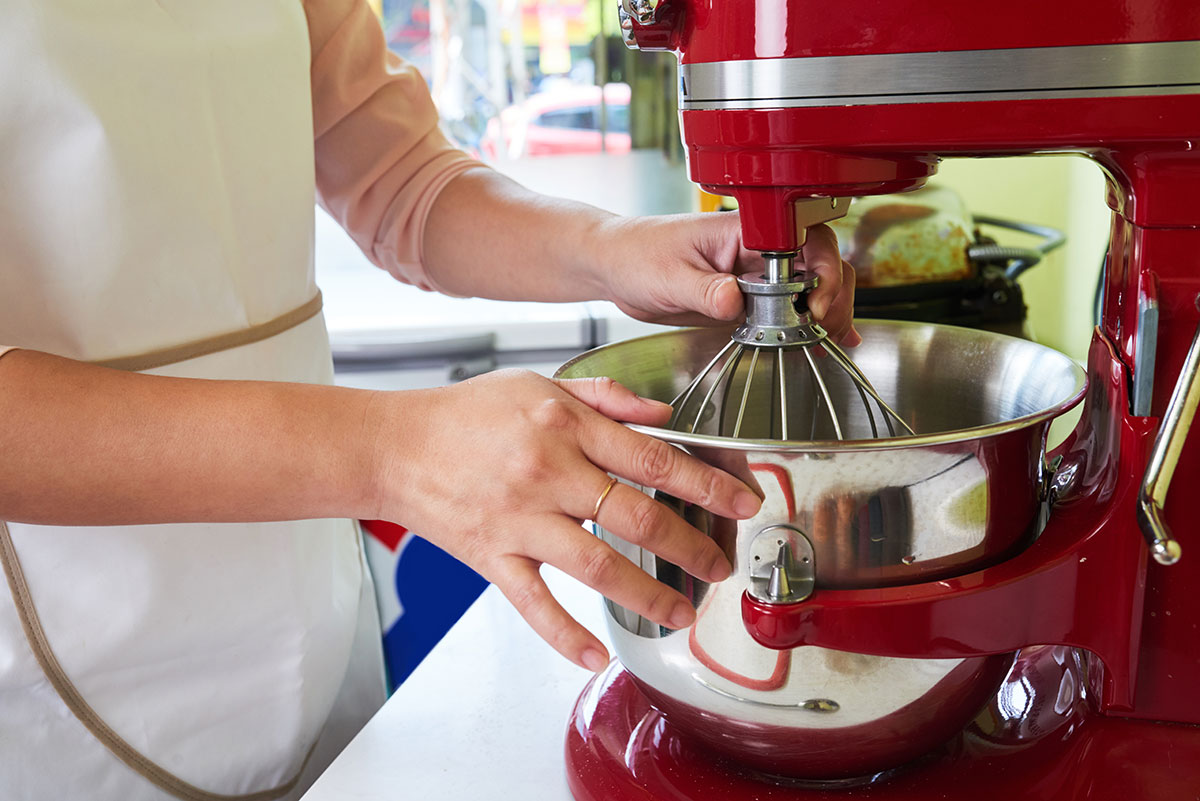
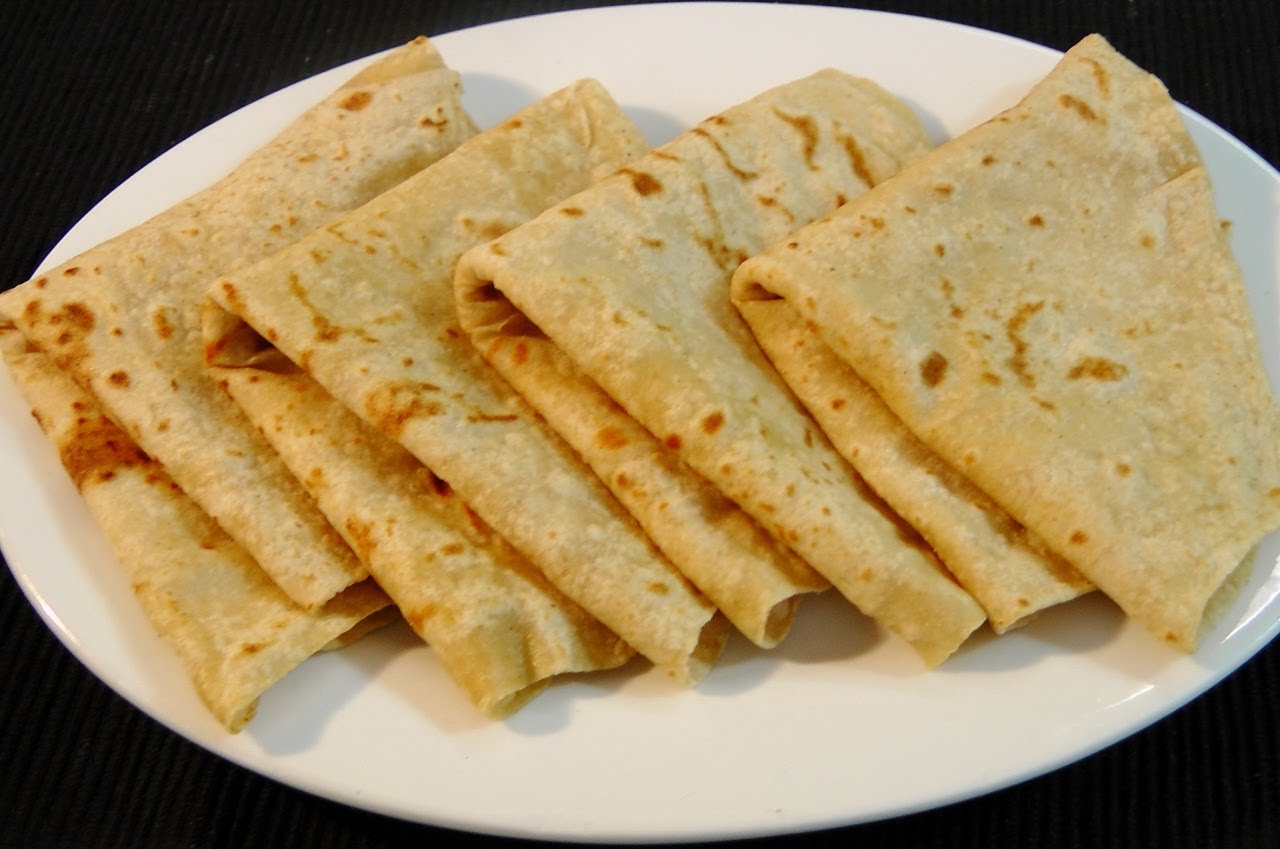

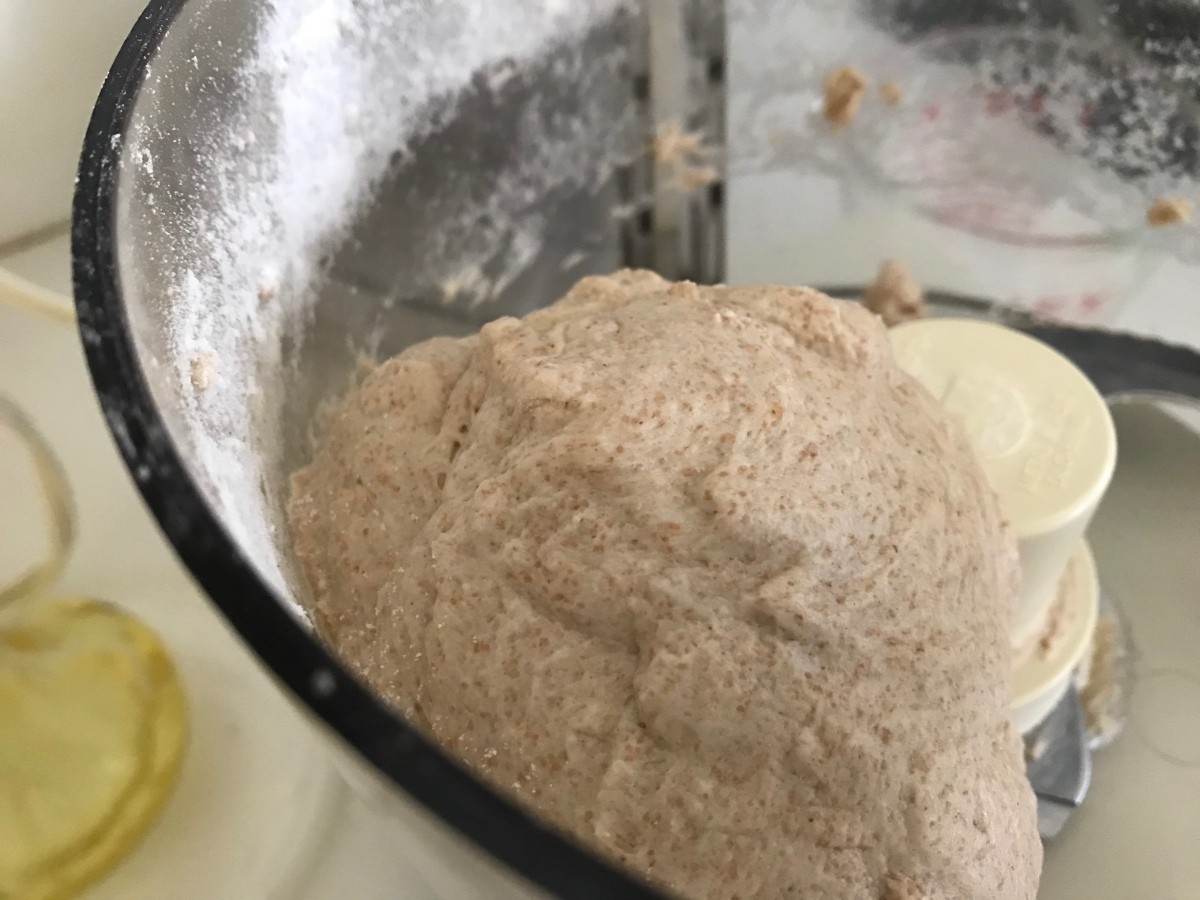
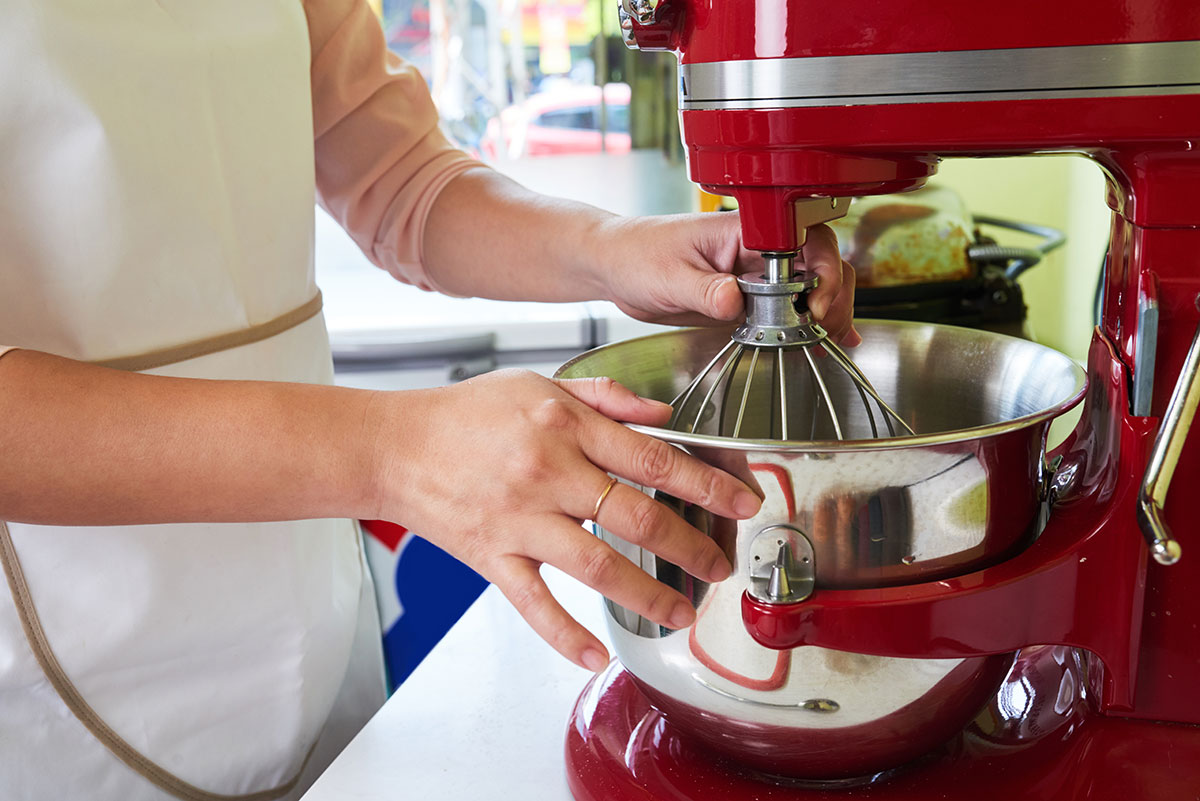
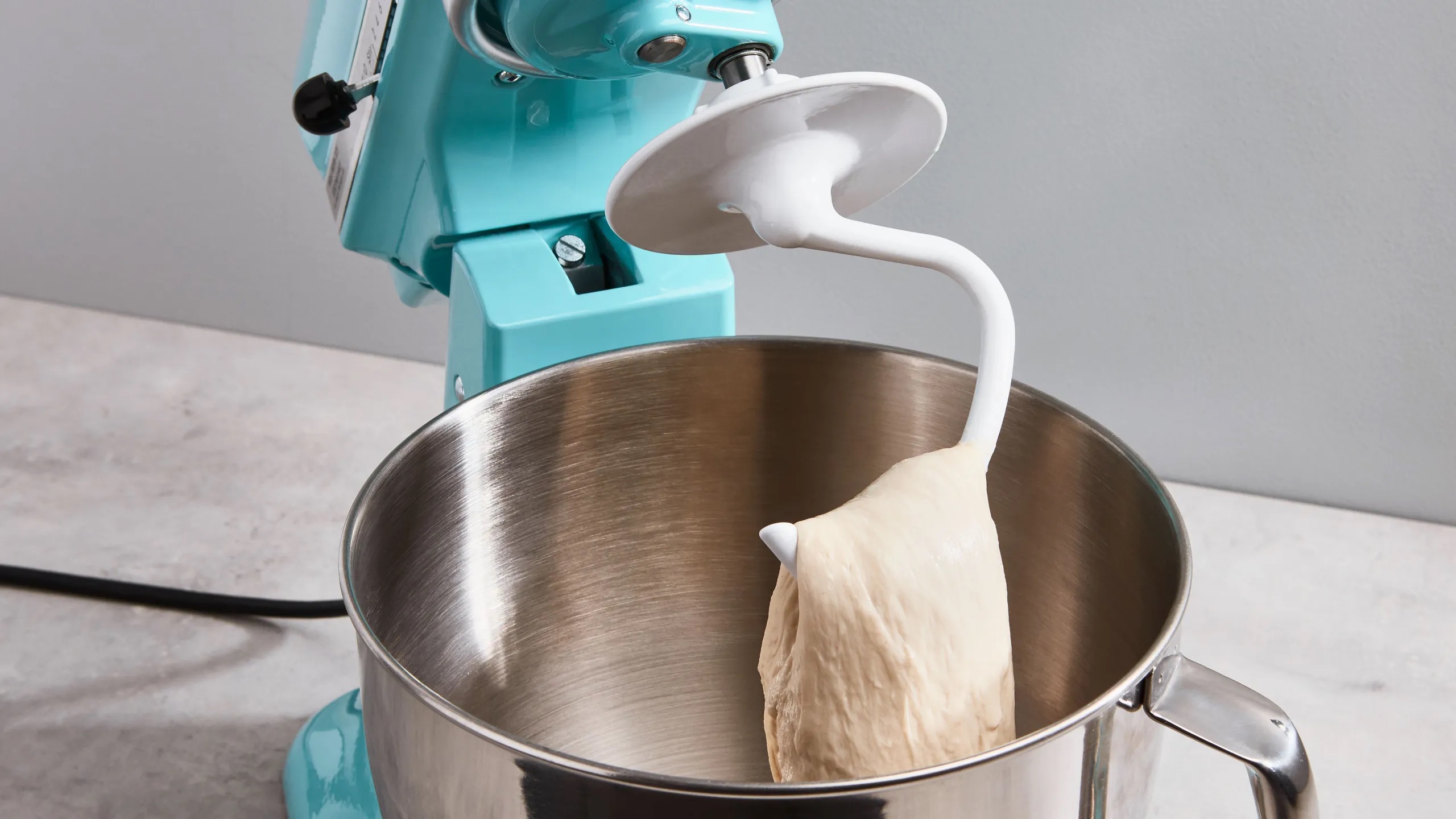
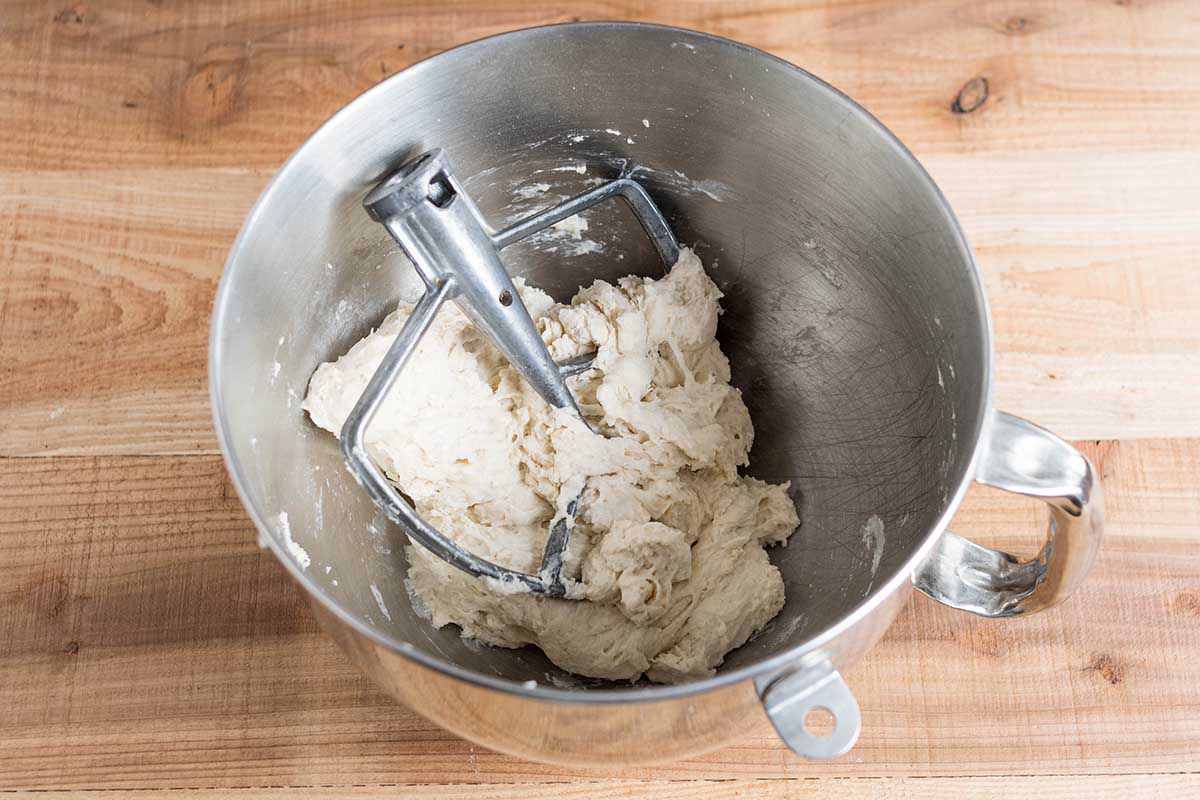
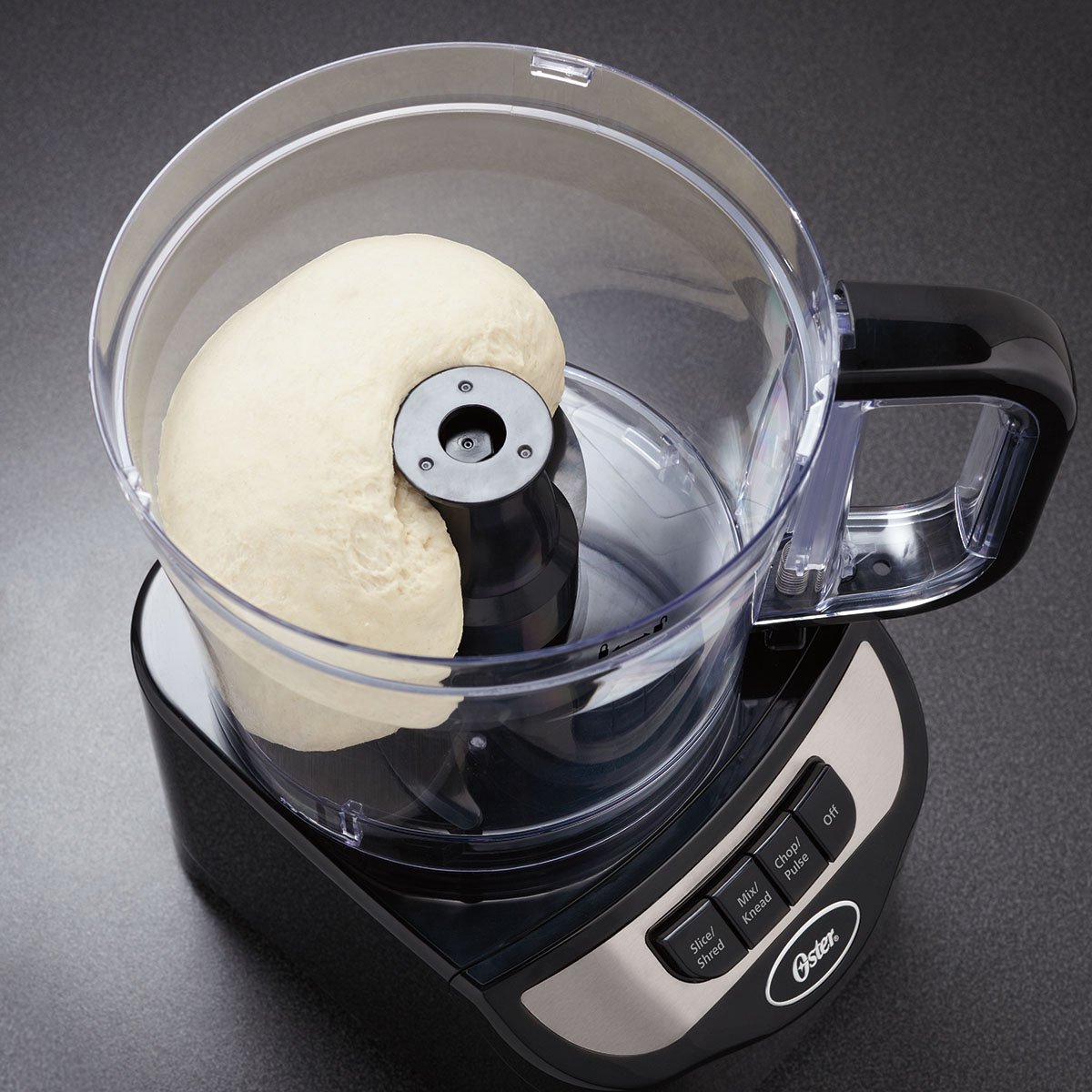
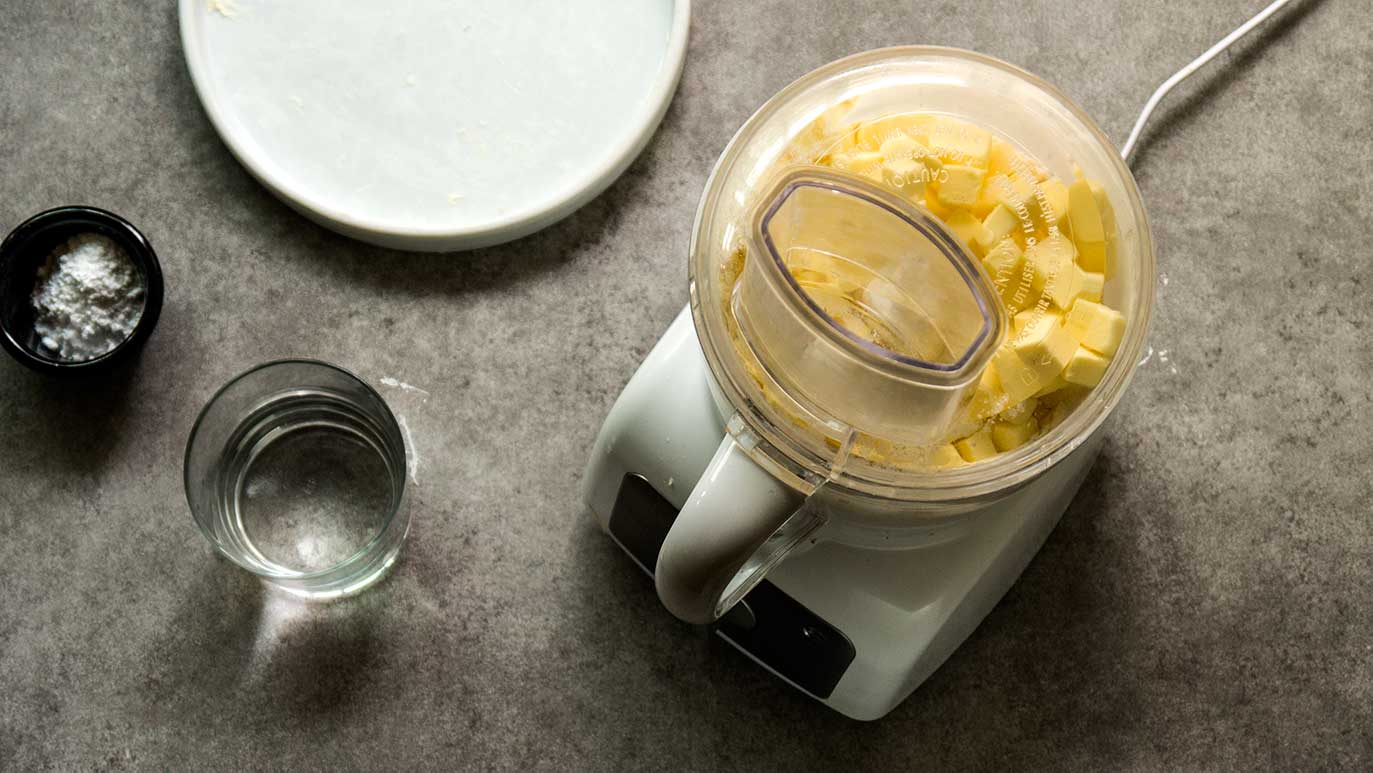

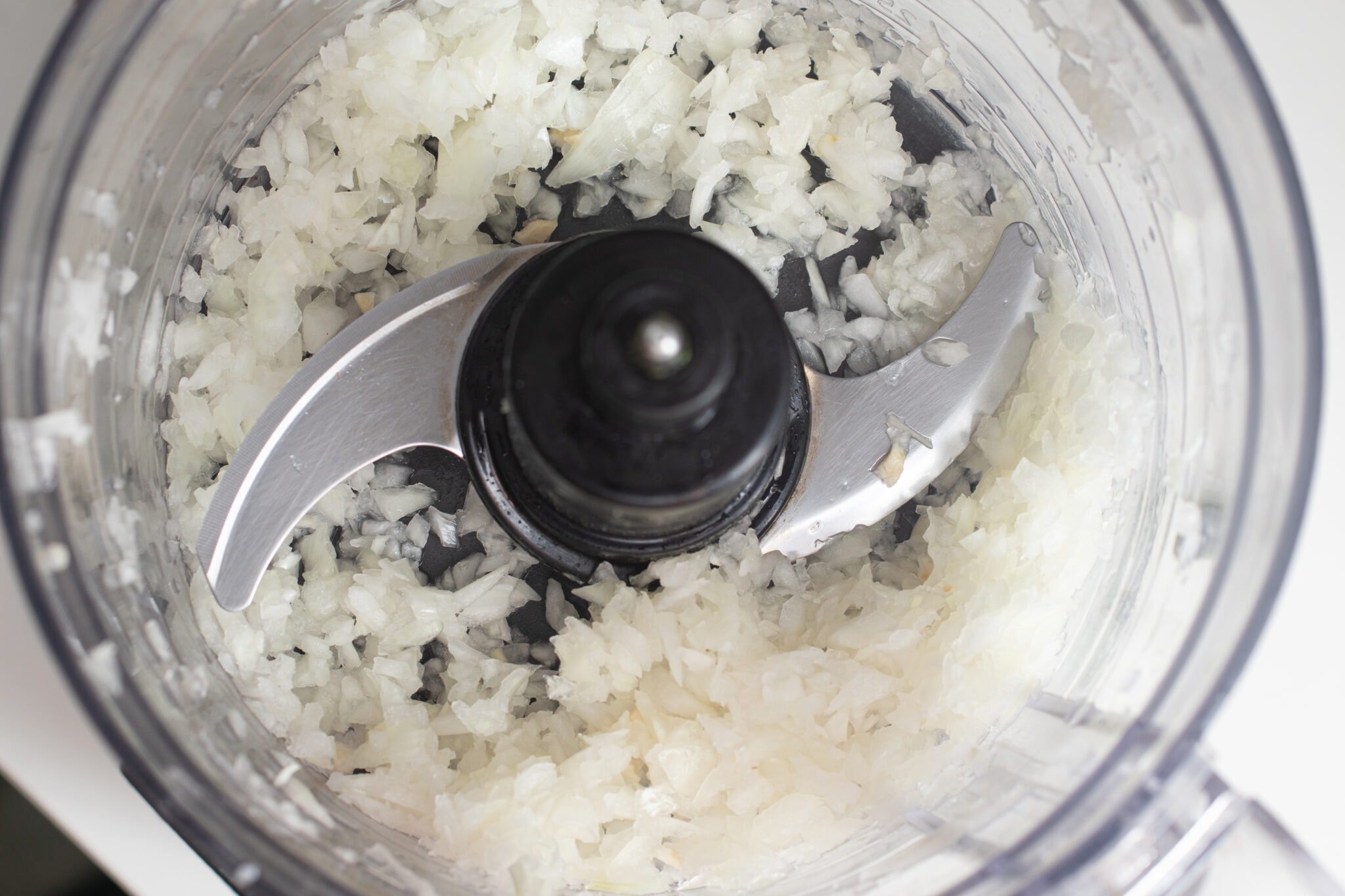
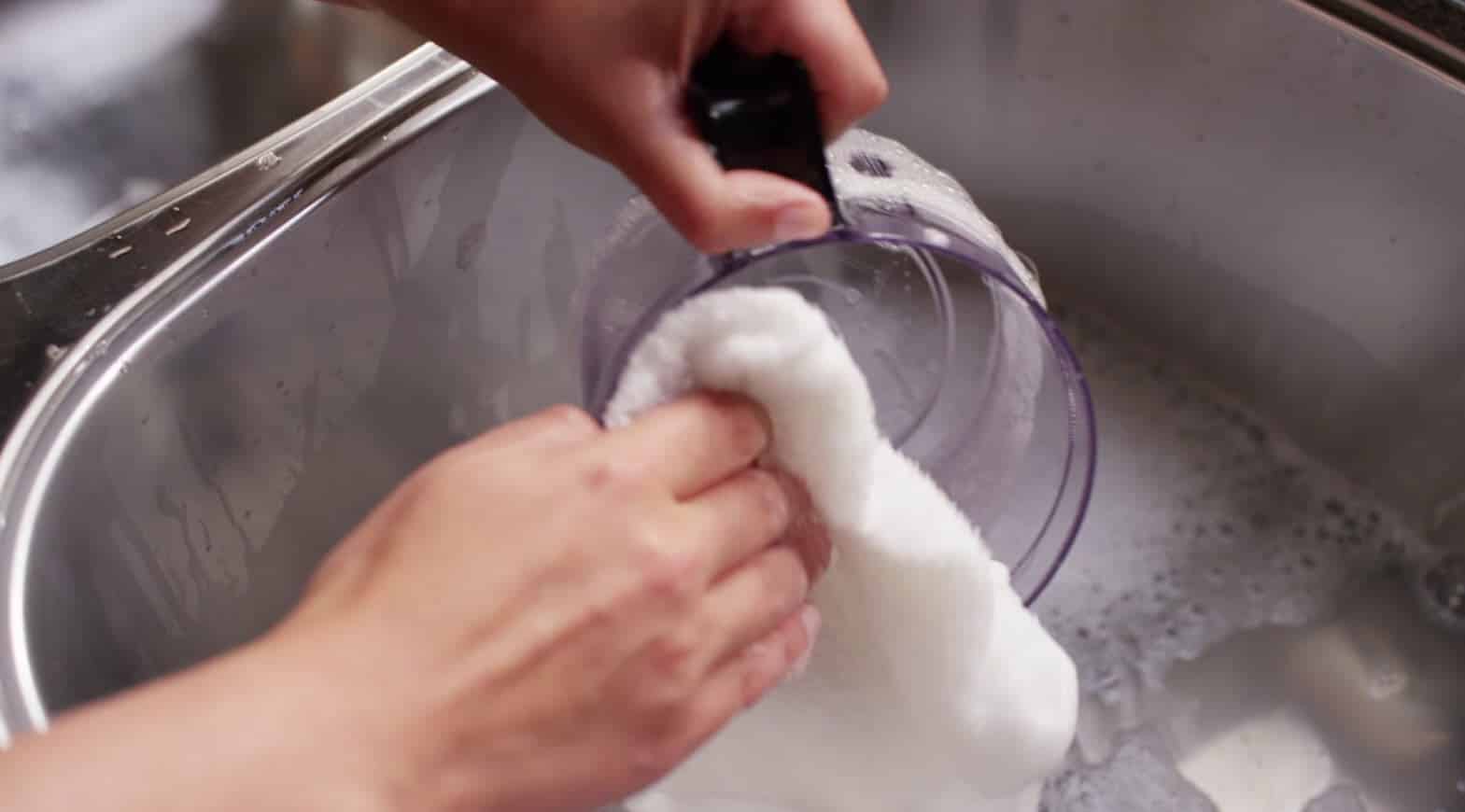
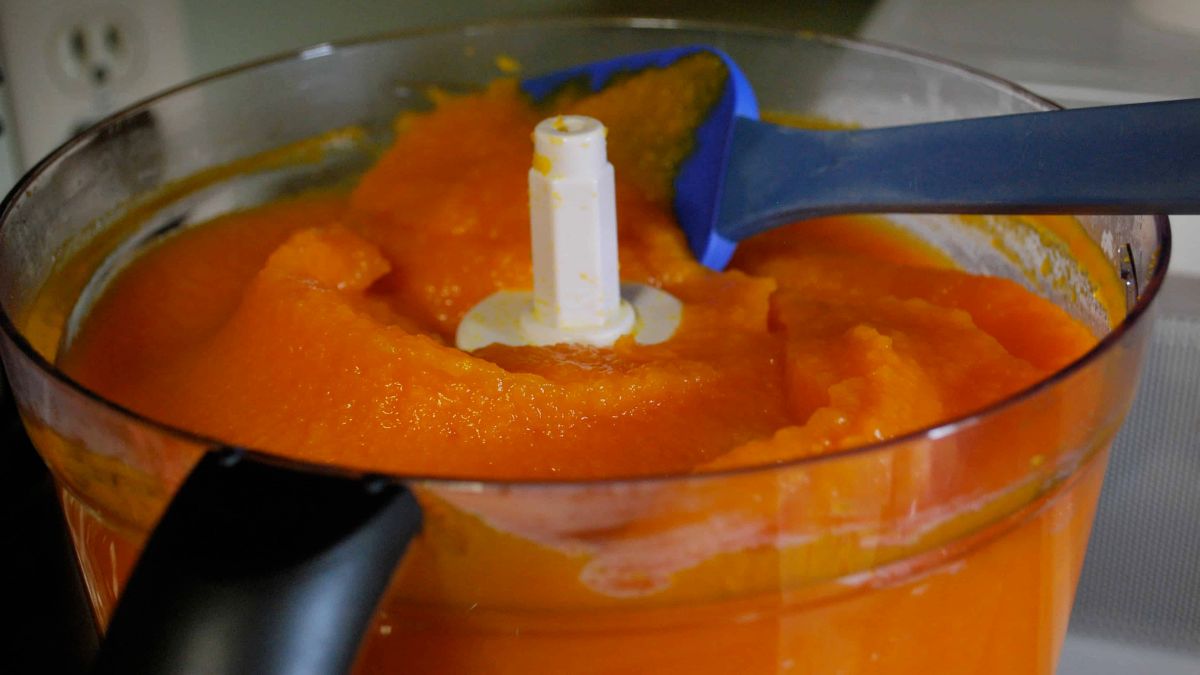
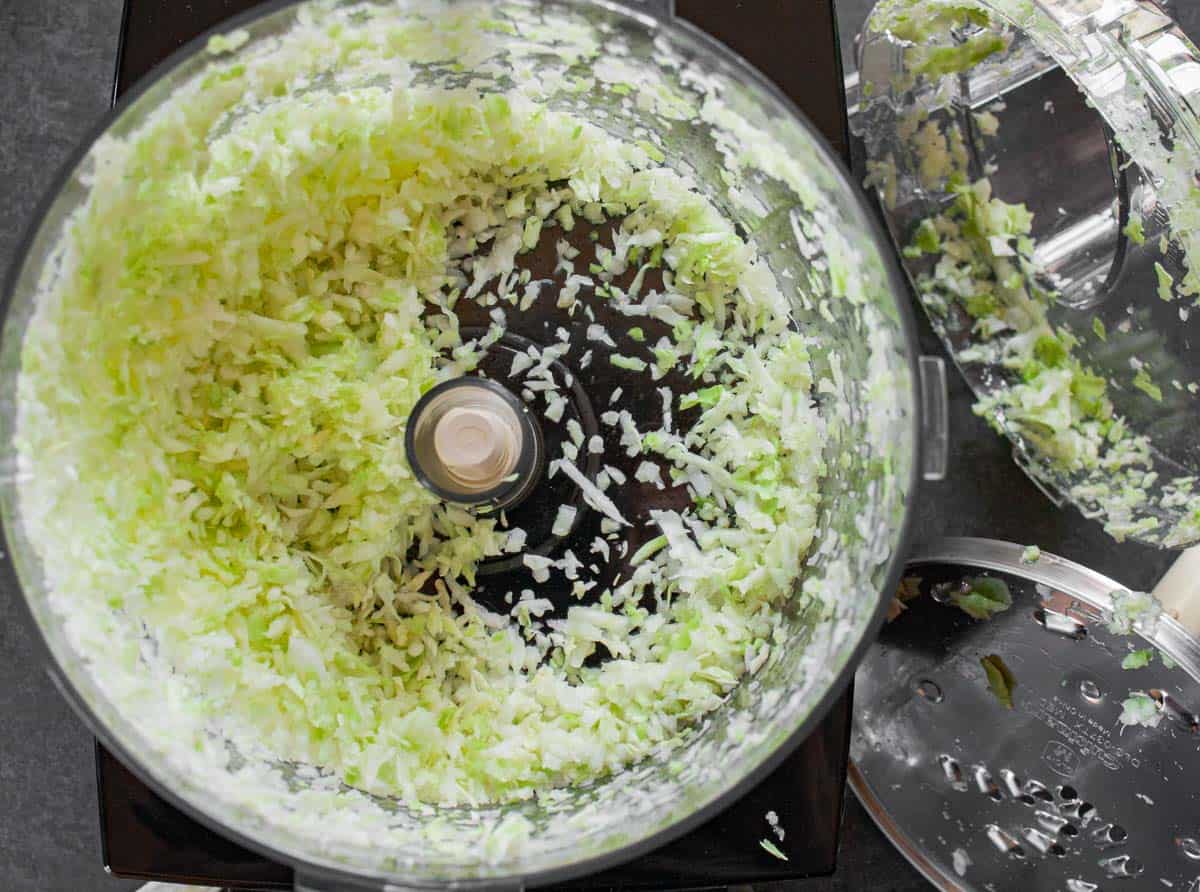

0 thoughts on “How Long To Knead Dough In Food Processor”